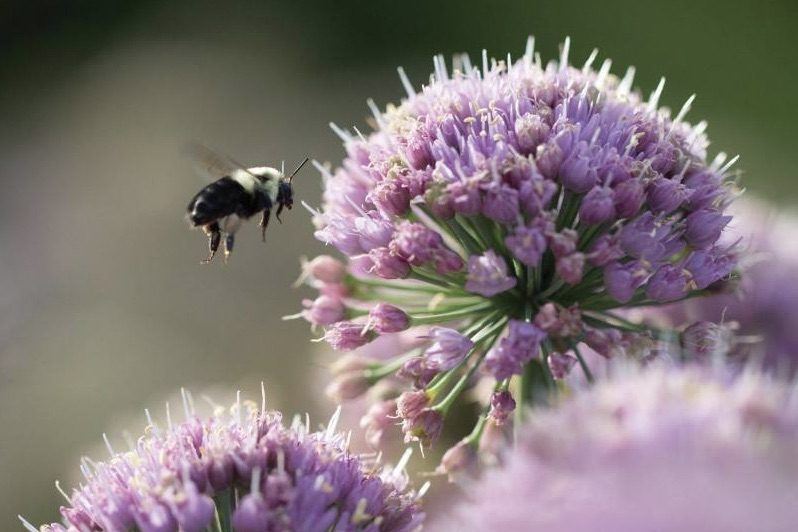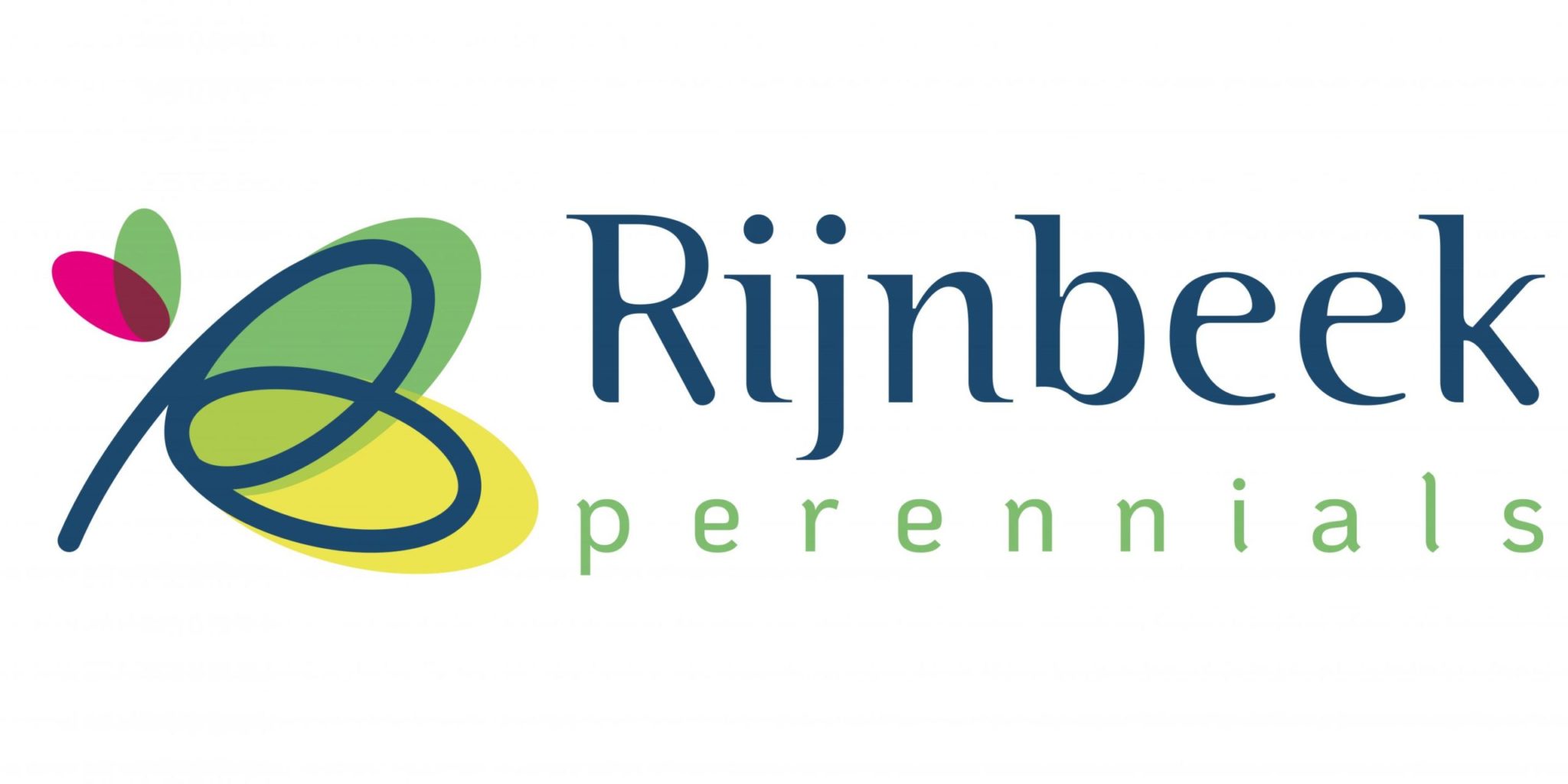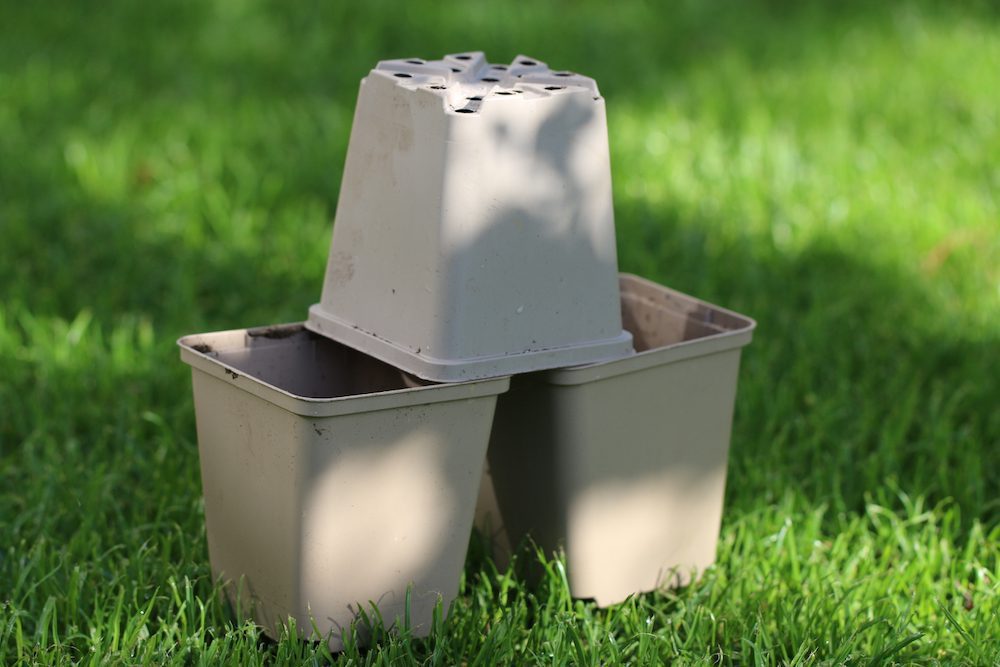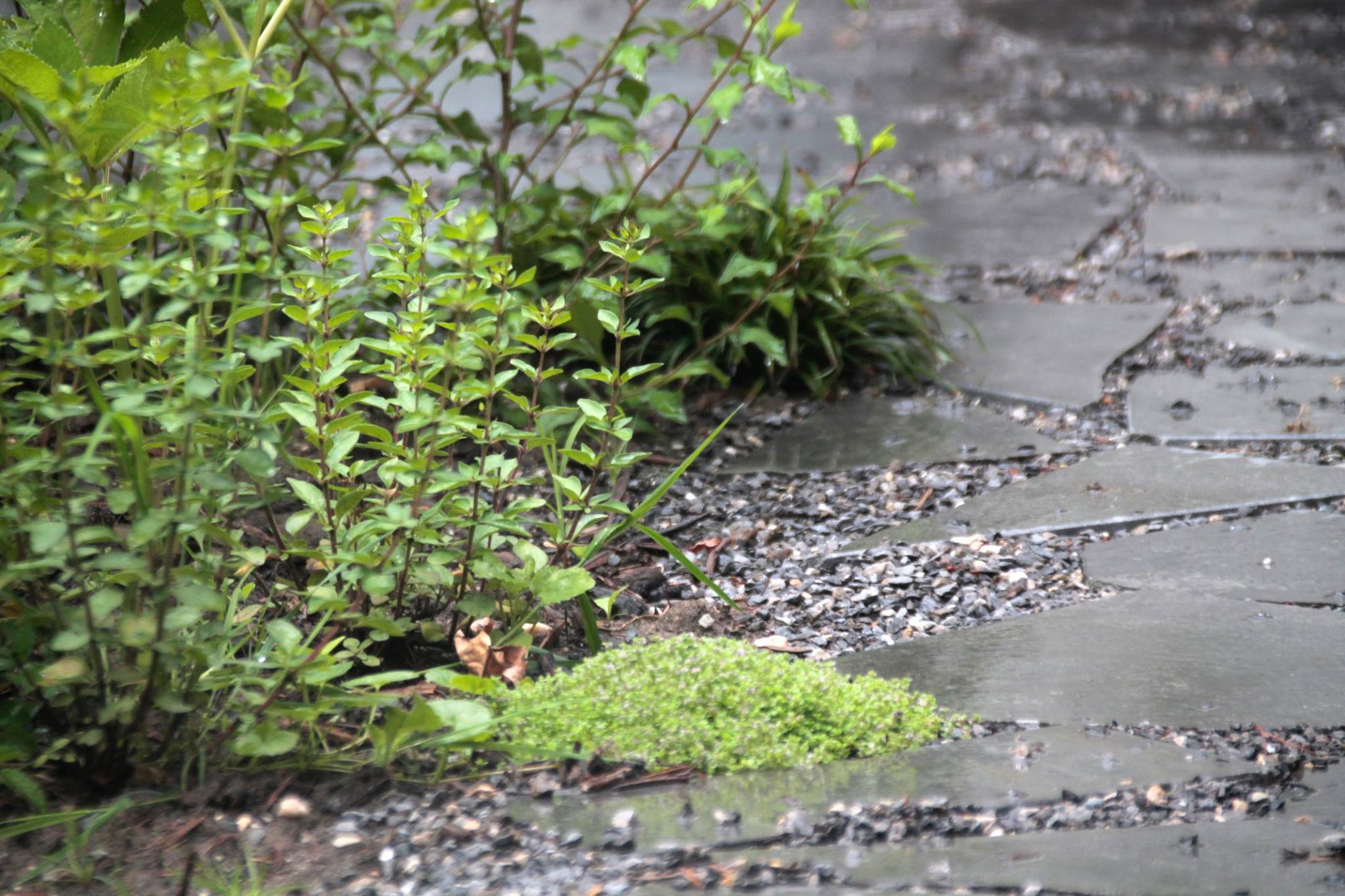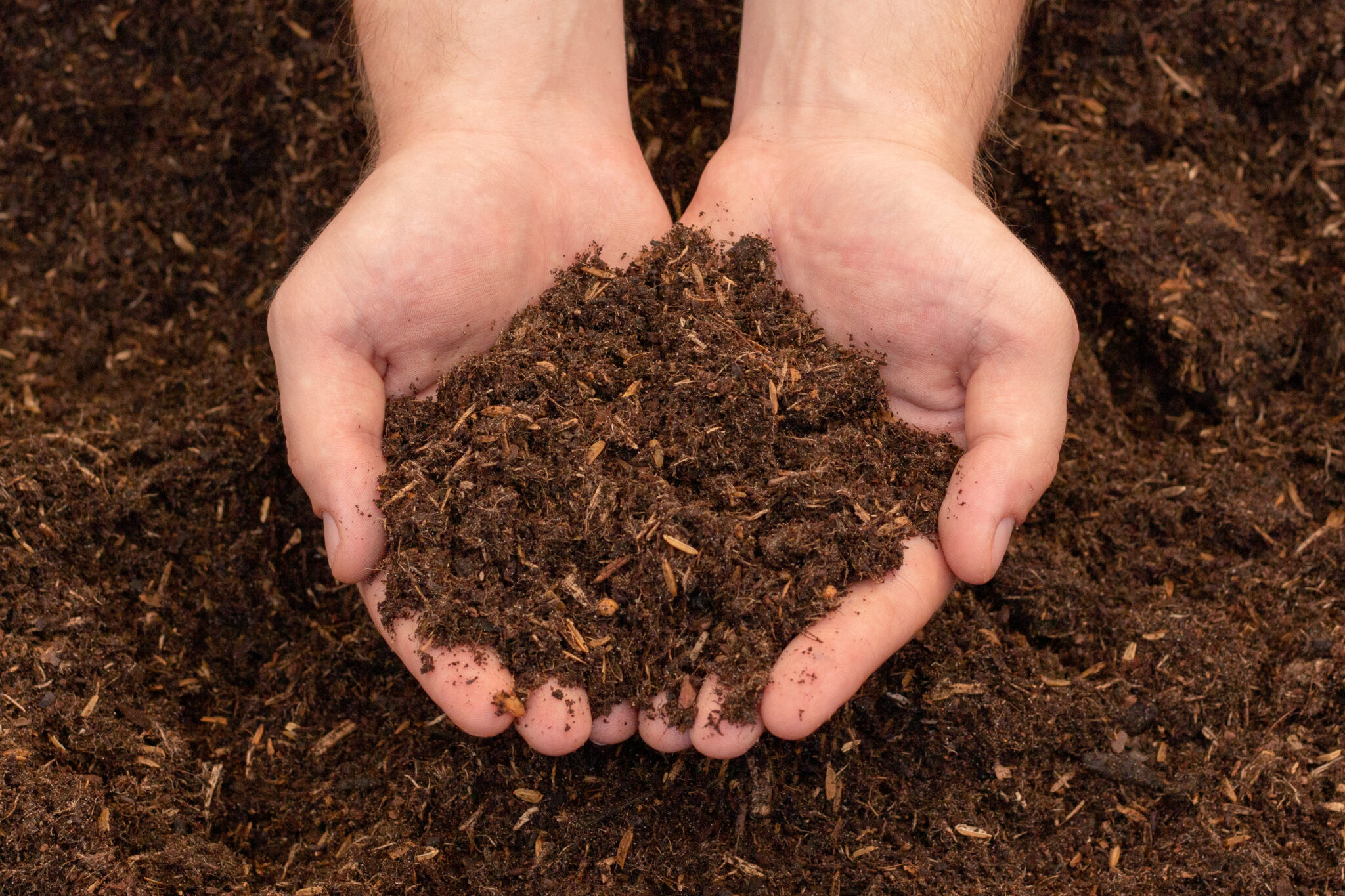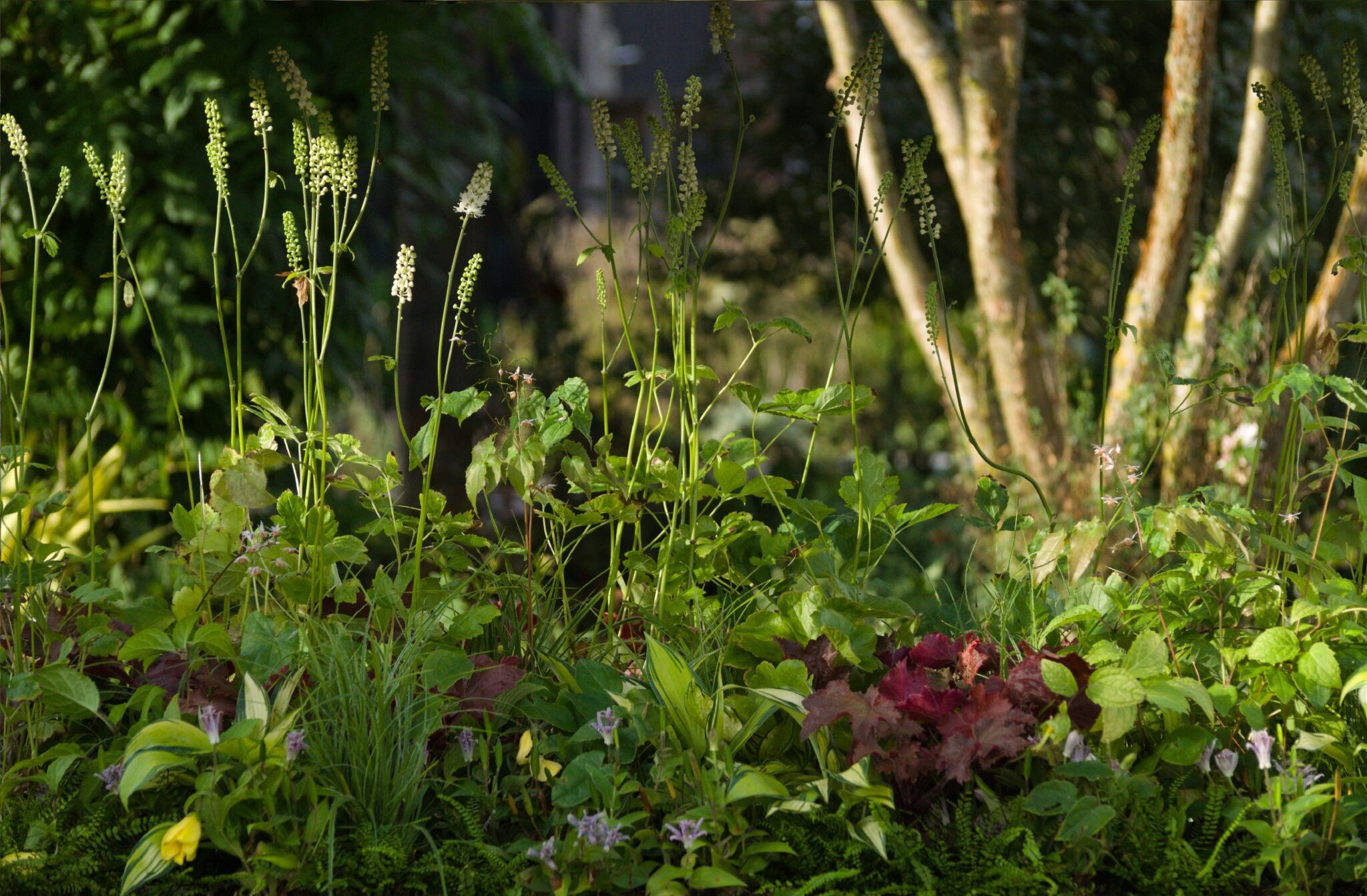The Fundamental Value of Pollination
At Rijnbeek we are strongly aware of the role of animal pollinators.
And the sheparding role we have as a nursery to preserve them.
“Pollination modes and pollinators strongly influence ecological relationships,
genetic variation in the plant community, floral diversity, speciation,
plant evolution and ecosystem conservation.”
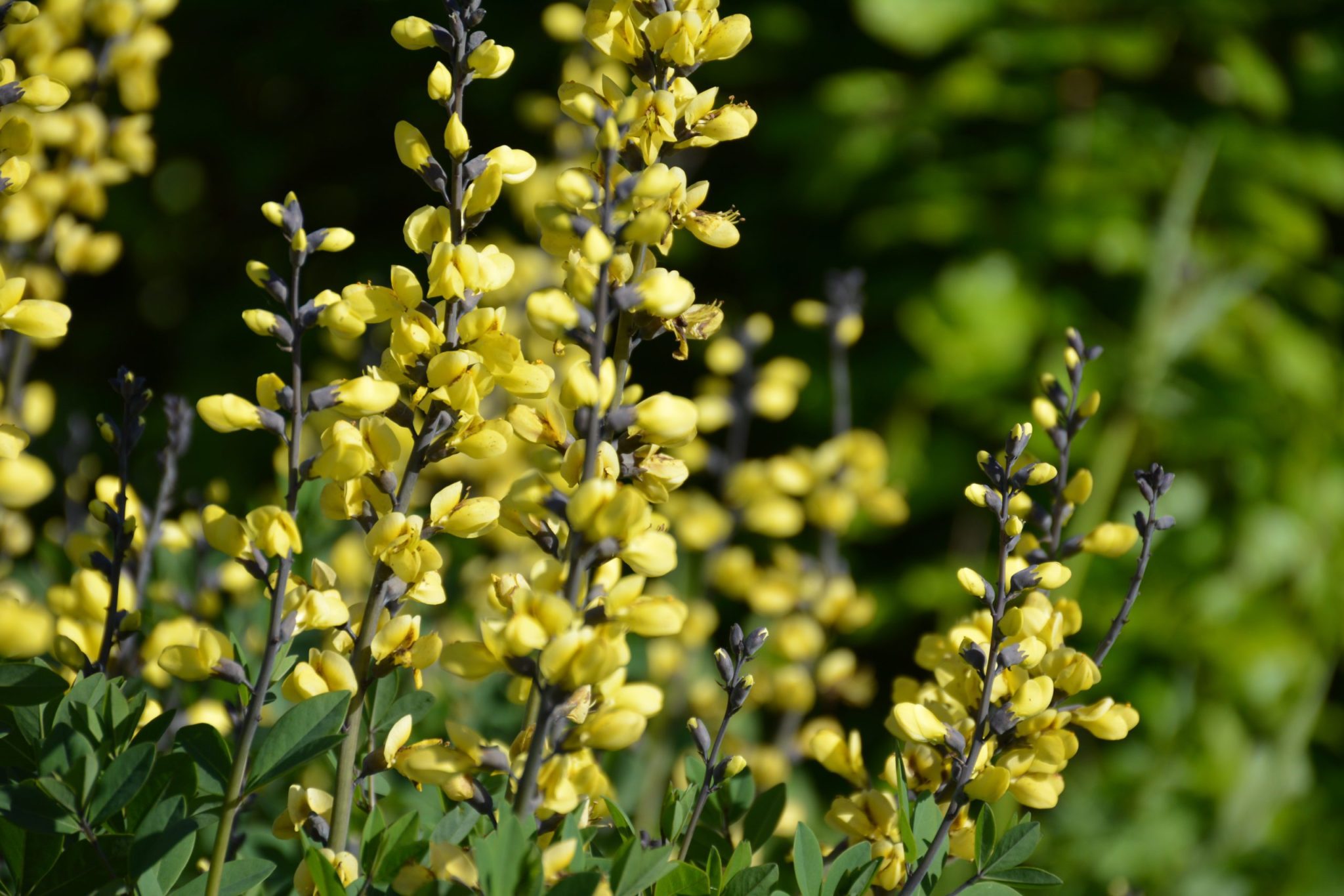
Ecological
Let’s remember that many pollinators are getting killed off during plant mass-production and mono cultural industrial processes.
At Rijnbeek we try to avoid this by planting with resilience in mind. We don’t plant too close or too opportunistic seeking purely financial gain. We plant with natural strength in mind, incorporating shrubs and trees in the surroundings.
In this way, we are providing our perennials with an optimum environment to develop, flourish and gain their own shielding.
Additionally, we minimise treatment to an absolute minimum only in times of extreme situations or plagues. For example we do not water with substrates.
Aesthetic
What we have started defining as a “design garden” in the last 2 decennia refers to what homo sapiens finds visually pleasing.
Our longstanding obsession with geometrical perfectionism is by now historically epic.
What is ‘new’ is how we translate this obsession with great precision to a massive amount of (urban) gardens. A perfect lawn is the definition of status, if not absolute serenity. Robotised mowers are the result of these extreme efforts.
What we need to do is bring back the blooming and the buzzing into our sterilised garden plots.
We need to start defining a “design garden” as designed by proxy for pollinators, and animal life.
Optimised for life and sustainable for longevity.
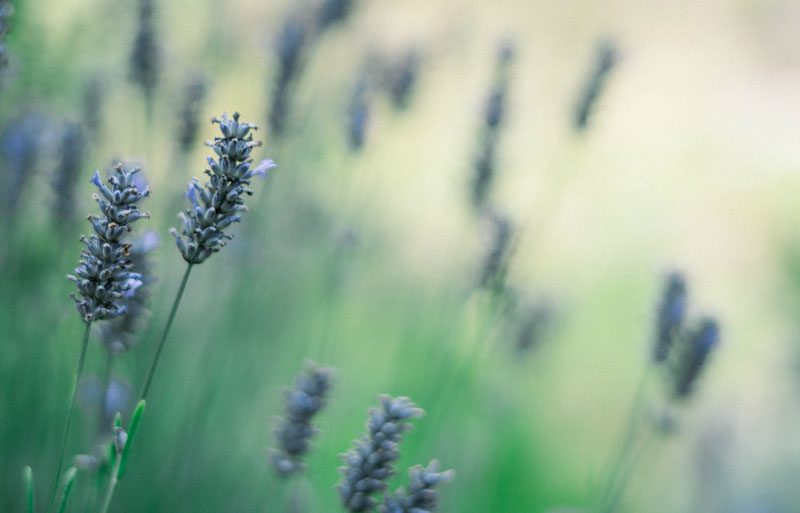
Sustainable
If ‘only’ 50% of gardens contained foremost non-blooming shrubs, perennials, bulbs or trees, it would translate into an equivalent pollinator’s food loss.
Pollinating animals need food between March and October.
Most of all, by planting blooming varieties in sequence, to such an extend that they are following each other without any gaps, provision of food is constant.
By leaving e.g. seed capsules and spent leaves in the winter months intact, provision for pollinator’s protection and reproduction is provided.
The Conclusion is simple
What we are trying to achieve with all our plant selections is to choose resilient and naturally strong plants.
In this way the plants do not need to be sprayed, treated or otherwise impacted by human intervention. We create naturally pollinator attractive plants without negative chemical impact for pollinators.
The selection of our assortment is steadily providing pollinators with support in their food- and protection needs.
Conservation of pollinators and their host plants should therefore imply the conservation of ecosystems.
